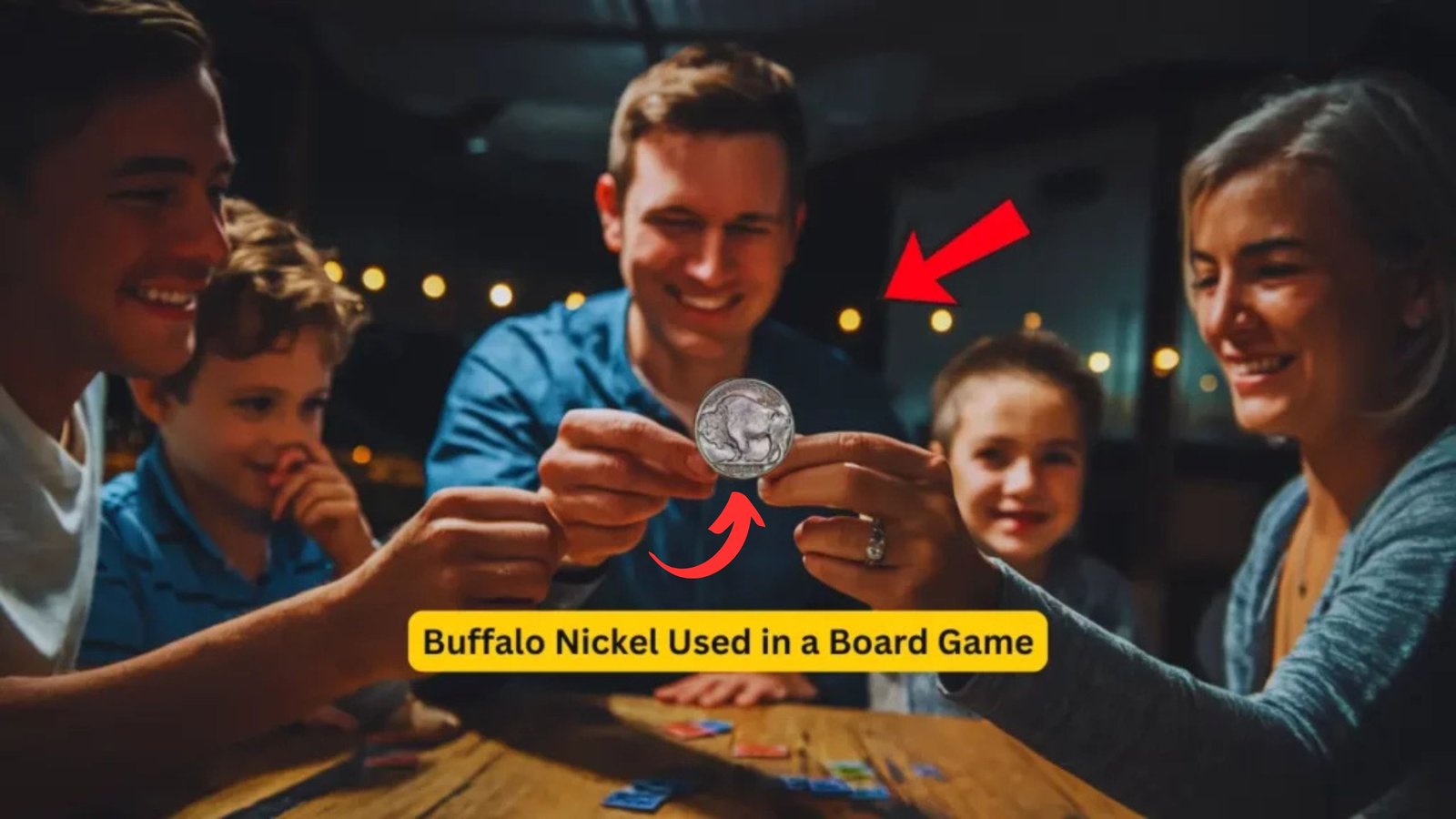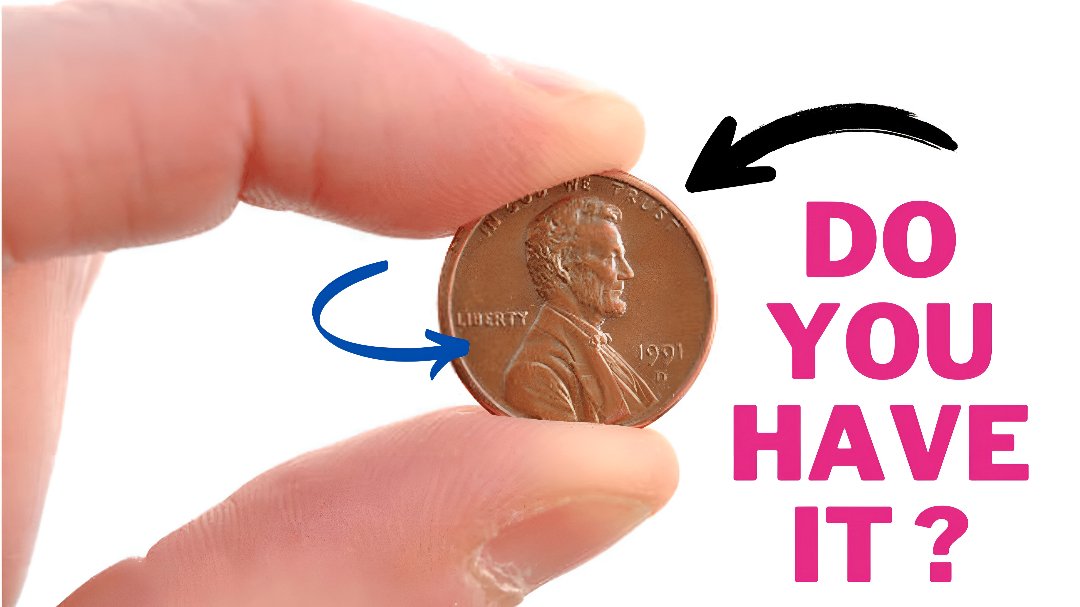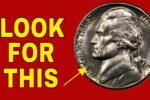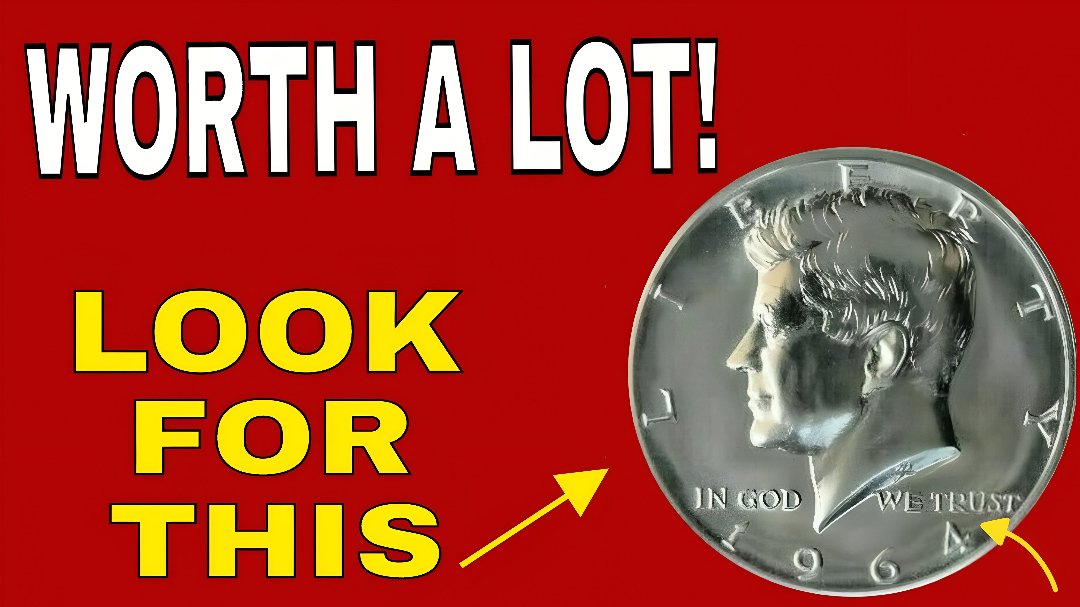Buffalo Nickel : Imagine finding out that an old coin casually used in a board game was actually worth a fortune. That’s exactly what happened when a seemingly ordinary Buffalo Nickel—tossed around in family game nights for years—turned out to be a rare collector’s dream worth millions of dollars.
This is not just a fascinating story but also a reminder that sometimes, hidden treasures might be lying right under our noses—or in this case, under the Monopoly board.
What Is a Buffalo Nickel?
The Buffalo Nickel, also known as the Indian Head Nickel, was minted by the U.S. Mint between 1913 and 1938. It features:
- A Native American profile on the obverse (front)
- An American Bison (buffalo) on the reverse (back)
These nickels are admired not only for their historical significance but also for their beautiful, iconic design.
How Did It End Up in a Board Game?
In many families, especially in the past, old coins were sometimes repurposed for fun and games. Some replaced missing board game pieces with coins, while others just tossed them into the mix for “play money.”
That’s exactly how this rare Buffalo Nickel slipped into decades of casual gameplay, unnoticed. It was only during a recent cleanup that a curious relative decided to examine the coin more closely—and was stunned to discover its unusual features.
What Made This Buffalo Nickel So Valuable?
Not all Buffalo Nickels are worth a fortune, but certain rare varieties can be worth hundreds of thousands or even millions of dollars. In this particular case, the valuable nickel turned out to be:
1916 Doubled Die Obverse Buffalo Nickel
- This version shows a distinct doubling in the date and other elements on the front of the coin.
- Only a very small number of these were made before the error was corrected.
- In mint or near-mint condition, it can fetch over $1 million at auction.
Other rare types include:
- 1913-S Type 2
- 1937-D “Three-Legged Buffalo” error
- 1918/7-D overdate error
How Much Was It Worth?
When appraised by professional numismatists, the coin found in the board game box was confirmed to be a 1916 Doubled Die Obverse Buffalo Nickel in remarkably well-preserved condition.
Estimated value at auction: $2.1 million.
What Can We Learn from This?
This story is a great reminder that:
- Old coins can be extremely valuable.
- Rare coins often go unnoticed in junk drawers, piggy banks, or game boxes.
- It’s worth examining unusual coins with the help of a coin guidebook or a professional.
Tips to Identify Valuable Buffalo Nickels
If you have Buffalo Nickels lying around, here’s what to look for:
| Feature | Value Indicator |
|---|---|
| Mint Mark (D or S) | Located under the words “FIVE CENTS” |
| Error Coins | Doubling, missing legs, or overdates |
| Full Date Visible | Many older nickels have worn dates; full date increases value |
| Sharp Detail / No Wear | Uncirculated condition coins are more valuable |
| Year | Early years like 1913 or rare dates like 1926-S are more valuable |
What Should You Do If You Find One?
- Don’t clean the coin! (This can lower the value)
- Place it in a soft cloth or coin sleeve
- Compare it to online images of rare nickels
- Take it to a certified coin dealer or grading service (like PCGS or NGC)
Frequently Asked Questions (FAQs..)
Q1. What is a Buffalo Nickel?
The Buffalo Nickel, also called the Indian Head Nickel, was minted in the United States from 1913 to 1938. It features a Native American profile on the front and an American bison (buffalo) on the back. It’s a popular coin among collectors due to its historic design.
Q2. Is it true that a Buffalo Nickel used in a board game was worth millions?
Yes! In a real-life incident, someone discovered a rare Buffalo Nickel that had been casually used as a game piece. After getting it professionally appraised, it was revealed to be worth over $2 million, likely due to a rare minting error or unique historical variant.
Final Thought
The story of the Buffalo Nickel used in a board game and later found to be worth millions is not only amazing, but also serves as a real-life example of how history, chance, and luck can come together in the most unexpected ways.
So the next time you’re playing a game or cleaning out an old drawer, take a closer look—you just might be sitting on a fortune.





